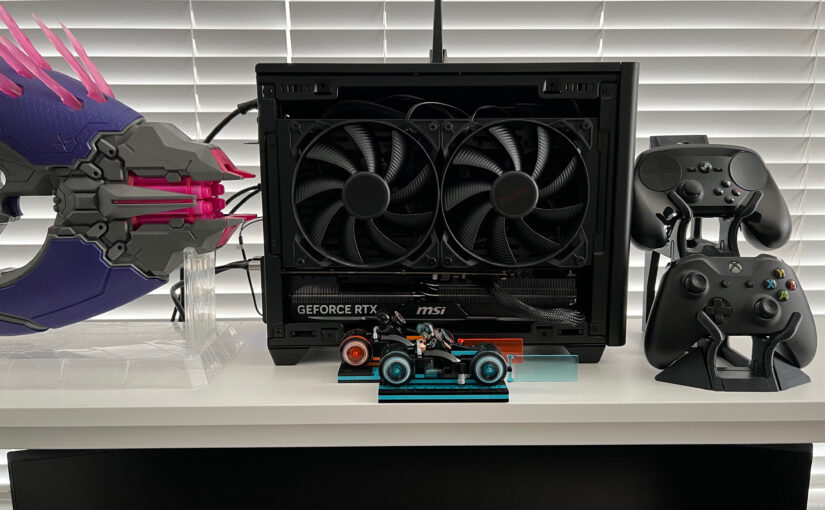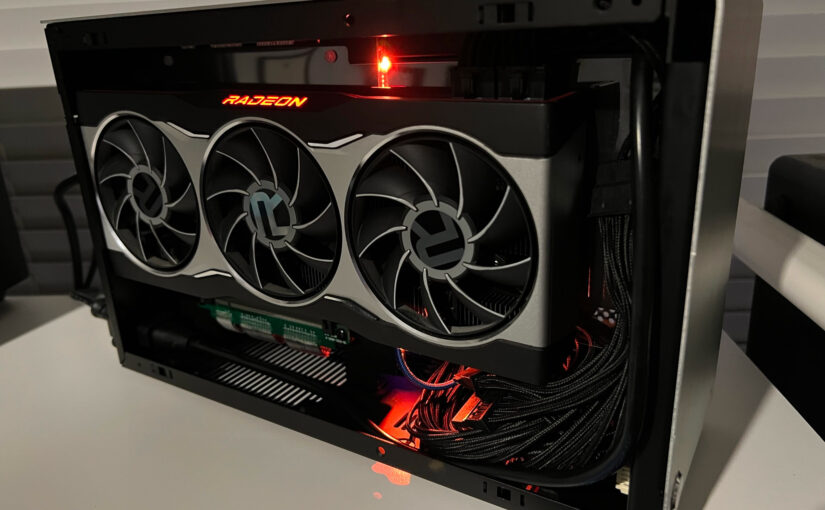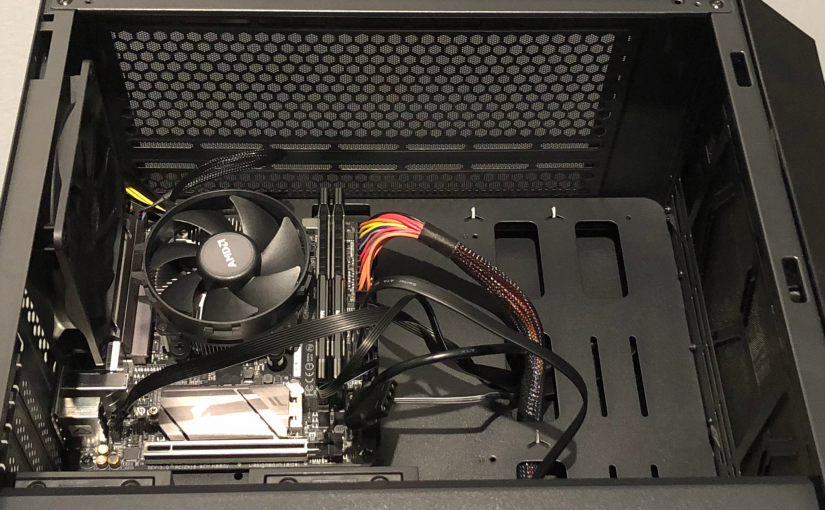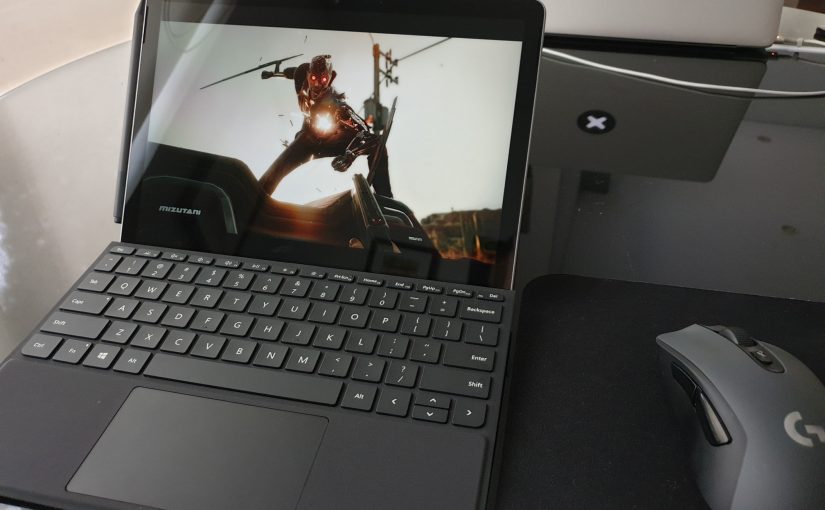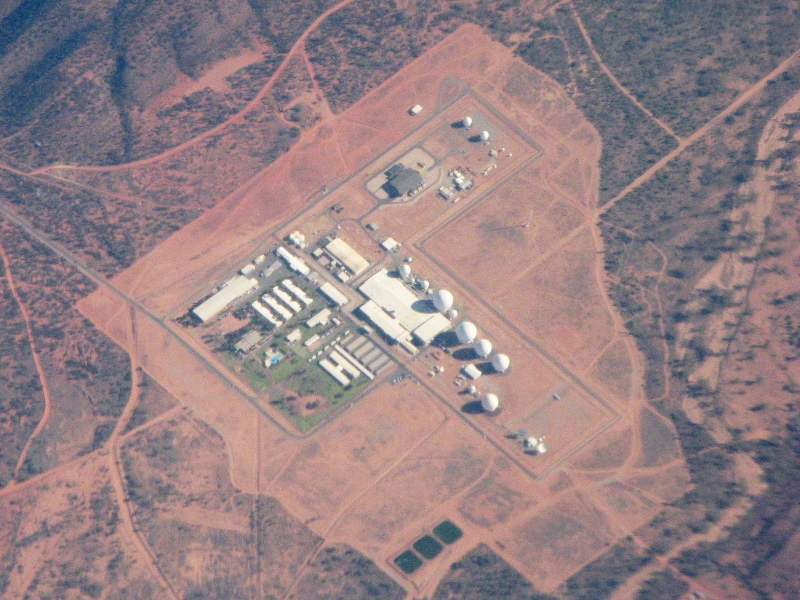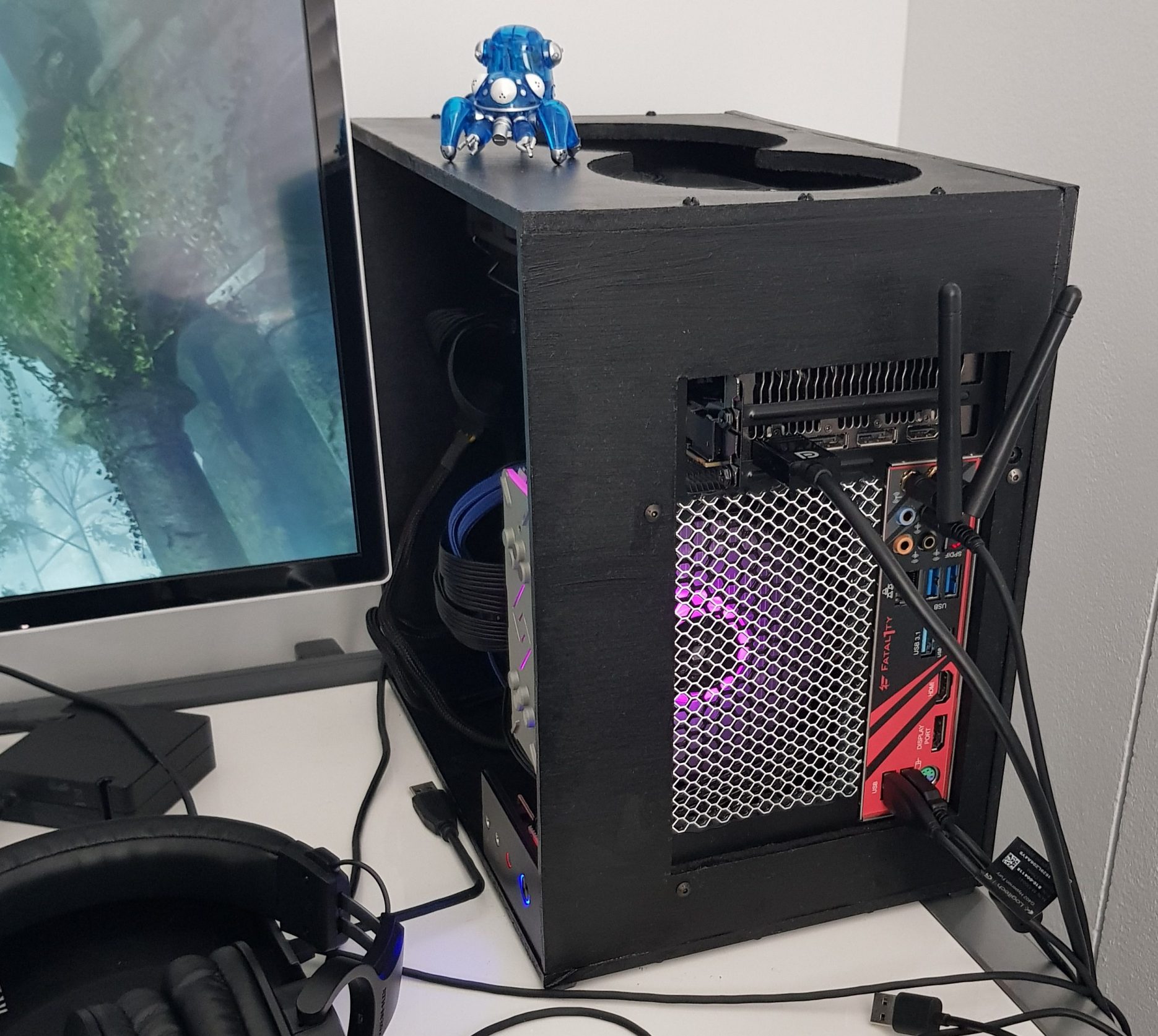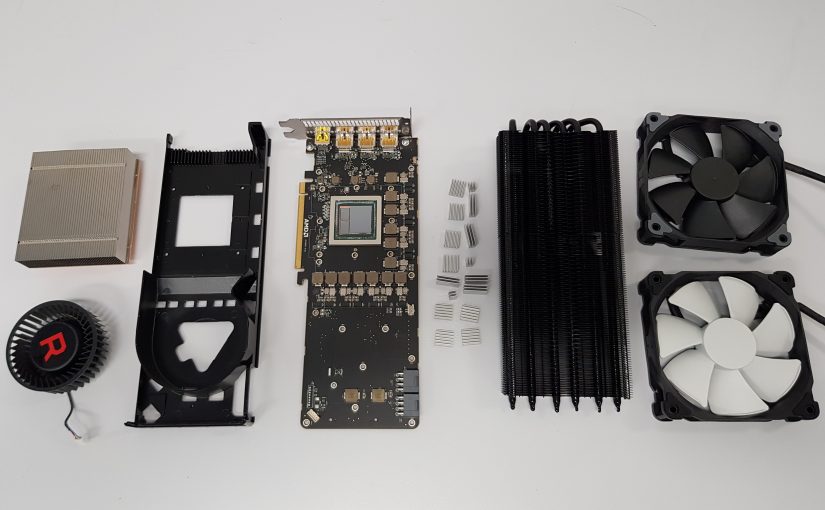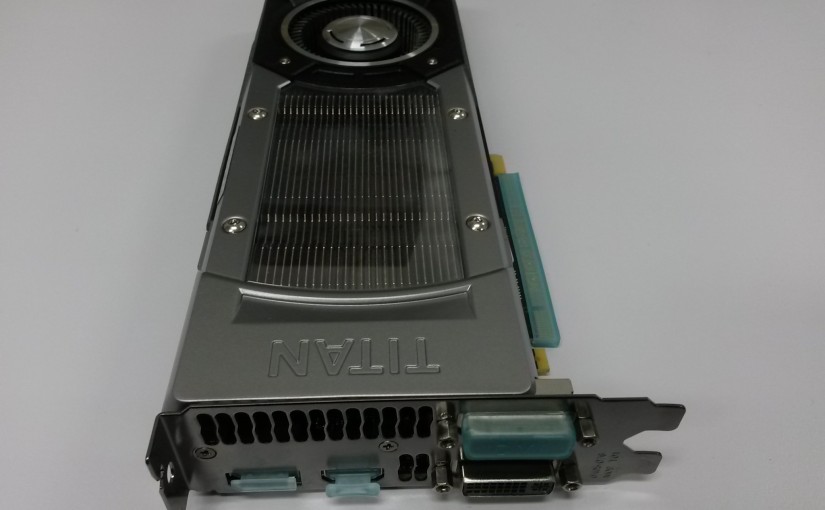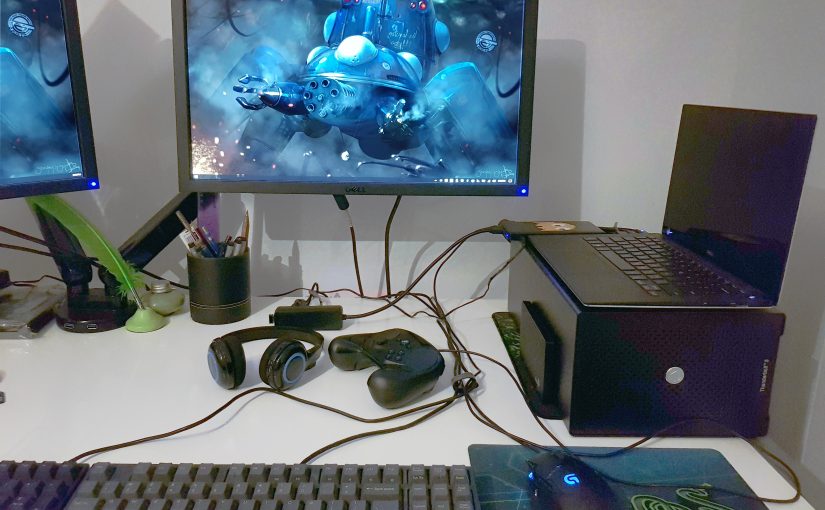The very best high-end PC hardware is often terrible value when comparing price to performance. I like to carefully read reviews and benchmarks before choosing something one or two steps down from the top, where a cheaper option can still provide sufficient performance for my needs. My current CPU Ryzen 7 5800X has 8 cores and 16 threads – more than enough for gaming and programming – while the best available at the time was 16 cores and 32 threads in the 5950X. My last GPU Radeon RX 6800 satisfied my requirement of being faster than the Playstation 5 (I just like to stay ahead of the consoles), and I didn’t have a 4K display yet so there was no need for the faster RX 6900 XTX or RTX 3080 Ti. This motherboard is B550 not X570, the RAM is only 3600 MHz, and the PCIe 4.0 NVMe SSD is just barely faster than PCIe 3.0 models. All of these were considered ‘good value’ at the time, and together they make a very adequate gaming PC.
But this time…
I want the best.
Continue reading RTX 4090: 4K Overkill